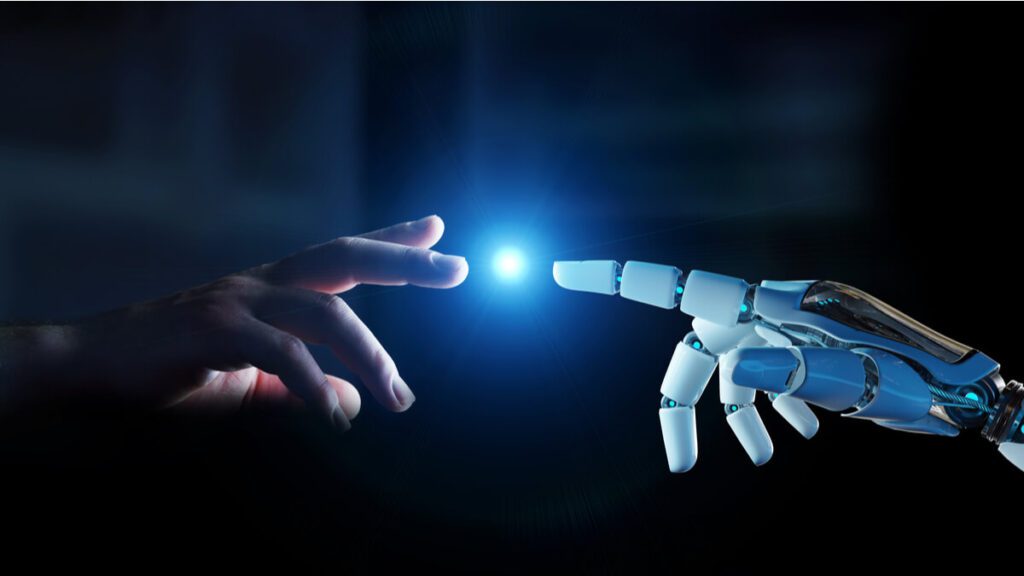
As the pandemic stretched out and engulfed the globe, countries harnessed technology to the best of their abilities to aid in the fight against the virus and to keep us safe. Artificial intelligence (AI) is among the most useful of these emerging technologies, but without the human ingenuity and adaptive intelligence, these tools cannot be utilized effectively.
Some people fear that AI will take over many jobs in the workplace. However, the likelihood of that happening within the next 15 to 30 years is very low, as we are far from inventing an AI capable of reaching human levels of cognitive processing power.
At present, AI is not capable of applying what it is taught in novel situations – to make good decisions in unexpected circumstances – like humans do all the time.
AI was used during the pandemic to predict the spread based on old virus patterns and epidemics. However, human behavior during the pandemic was unusual causing many AI systems to be thrown off course until human experts came in to guide the technology.
What is meant by ‘guide’ is mostly feeding new information to the algorithm in question. This comes in the form of gathering the most recent data sets and updating the AI’s understanding of what we need. It also involves us conditioning AI to identify patterns in Covid-19 cases.
The World Economic Forum recognizes several instances of human-reliant AI being used to great effect during the pandemic.
The startup BlueDot for example was among the first to detect a new outbreak in China. The team behind the system combined several AI tools and the expertise of epidemiologists to teach AI what to look for and how to do it. From that point on, AI learned to identify patterns. The same experts are required to verify the AI’s conclusion, as no decision should be made purely on the basis of an algorithm.
Projects like COVID-19 Open Research Dataset, which provides scientists with information taken from 24,000 research papers, has greatly helped researchers accelerate vaccine R&D by highlighting correlations and patterns which could later be analyzed.
COVID-net open-access neural network, a system reliant on people donating their X-ray lung scans, allowed doctors to identify patterns that indicate a serious case of Covid-19, helping to ease the burden on hospitals by reserving beds for those who really need it.